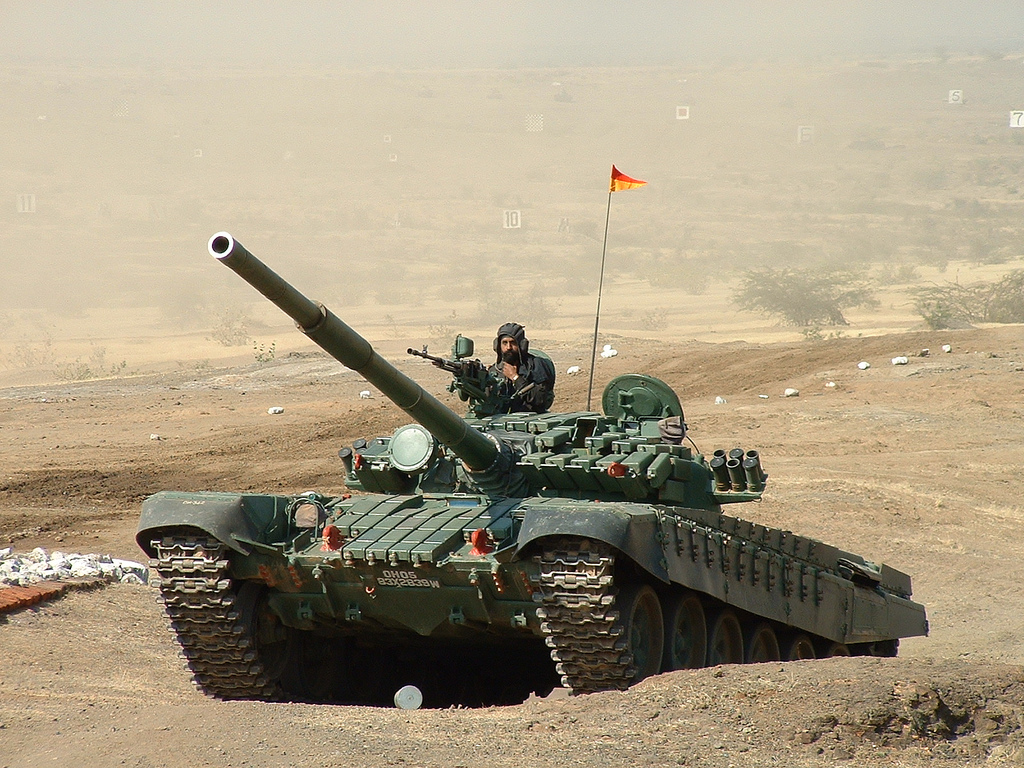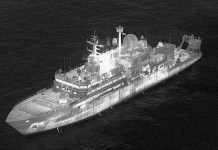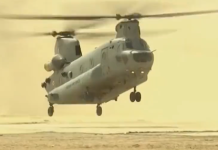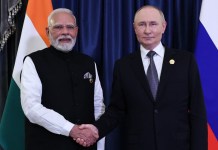The formidable Russian-origin T-72 tanks have been deployed by India and Russia from high in the Himalayas to Islands in the Asia Pacific to thwart possible aggression from adversaries – China and Japan.
Iran Nuclear Deal, Scrapped By Donald Trump Needs To Be Renewed – Tehran On Biden/Harris Victory
The Russian Armed forces have boosted their defenses in the vulnerable Kuril Islands, the easternmost islands off the mainland coasts bordering Japan. According to reports, Moscow is poised to deploy their latest T-72B3 tanks at the islands, to strengthen their defense against a possible but unlikely invasion from Japan.
It was also reported that the first batch of tanks have already been delivered to the area, and according to the Defense Ministry, the total rearmament and training would be completed within one to two years.
“The crews trained on simulators in summer and tested the tanks in autumn. T-72B3 drivers competed in cross-country terrain. They had to overcome minefields, a treadway bridge, antitank ditches, ascends, and descends. The track was six kilometers long. All the crews coped with the missions,” reported ArmyRecognition.

The defense of Kurli Island lies with the 68th army corps headquartered in Yuzhno-Sakhalinsk, and units of the 18th Artillery Division are also stationed at the islands. Interestingly, a tank battalion is also attached to the Artillery units.
The T-72 has been the backbone of the armored formations in many nations of the world. The B3 is considered to be one of the most extensively upgraded systems, making it at par with any 3rd Generation tank.
“Tanks are a universal weapon on the battlefield. They can destroy any protected target in direct visibility. It is no problem to fire at warships from the coast. A warship or a boat is a big target against usual ones for a tank. T-72B3 are armed with sub-caliber, fragmentation, and cumulative projectiles,” a defense expert Victor Murakhovsky said.
“A mobile armored fist can operate in any part of the coast and reinforce the defense. Together with motorized rifles and air defense the tanks can push an amphibious assault back to the sea. T-72B3 is a modern tank with improved characteristics. Its firepower, protection, and controls are much better than T-72B,” he added.
The Russian upgraded T-72s are equipped with newer and better fire control systems, a more powerful engine, explosive reactive armor, better protection, and improved communication systems.
Even the upgraded T-72B3s have recently arrived from their factory at Uralvagonzavod. “The combat vehicles have received a new powerful engine, an advanced fire control system, a rear view camera, and the driver mechanic’s display complex.”
In a similar move, India had also upgraded its T-72 tanks with an upgrade package naming it the “Combat Improved Ajeya”, which is installed with new generation ERA and protection systems, along with better FCS, stabilizing systems, and better engines.
These tanks form the spine of Indian armored formations and are most notably deployed in the current confrontations against the PLA in Eastern Ladakh.
Meanwhile, India and China held Corps Commander Level Meeting held Friday. According to a statement by India’s Ministry of Defense.
“The two sides had a candid, in-depth and constructive exchange of views on disengagement along the Line of Actual Control in the Western Sector of India-China border areas,” according to a statement. “Both sides agreed to earnestly implement the important consensus reached by the leaders of the two countries, ensure their frontline troops to exercise restraint and avoid misunderstanding and miscalculation.”
India said the two sides will have another meeting soon and agreed “to maintain dialogue and communication through military and diplomatic channels” and “push for the settlement of other outstanding issues, so as to jointly maintain peace and tranquility in the border areas.”




